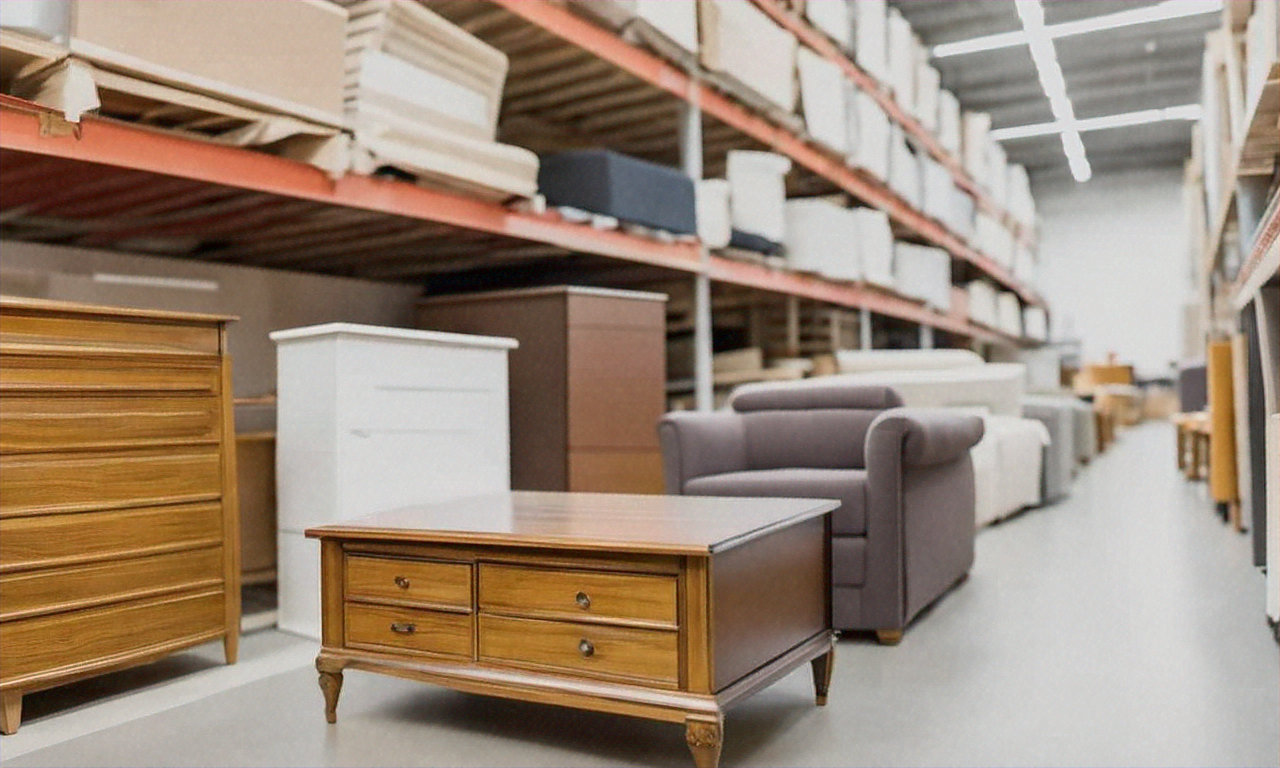Learn About Unsold Wardrobes & What Happens To Them
When furniture retailers have excess inventory, unsold wardrobes often become available at reduced prices through various channels. Understanding how the wardrobe industry manages surplus inventory can help consumers make informed purchasing decisions while potentially saving money. The lifecycle of unsold wardrobes involves several distribution methods, from outlet stores to liquidation companies, each offering different pricing structures and quality considerations.

What Happens with Unsold Wardrobe Inventory
Furniture manufacturers and retailers typically follow a structured approach when dealing with unsold wardrobe inventory. Initially, items may be transferred to outlet stores or clearance sections within the same retail network. When this doesn’t clear the inventory, companies often sell surplus stock to liquidation firms or discount furniture chains. Some manufacturers also donate unsold items for tax benefits or recycle materials when products cannot be sold. The timing of these inventory movements varies by company, but most retailers aim to clear seasonal stock within 3-6 months to make room for new collections.
Unsold Wardrobe Prices and Cost Factors
Pricing for unsold wardrobes depends on several factors including original retail price, condition, brand reputation, and urgency to clear inventory. Typically, unsold wardrobes are priced 30-70% below original retail prices. Factory seconds or items with minor cosmetic defects may offer even deeper discounts. The pricing structure often follows a tiered approach: first markdown at 20-30%, second markdown at 40-50%, and final clearance at 60-70% off. Seasonal factors also influence pricing, with end-of-year clearances often offering the steepest discounts as retailers prepare for new inventory.
Understanding Unsold Wardrobe Costs Through Different Channels
The cost of unsold wardrobes varies significantly depending on the purchasing channel. Manufacturer outlets typically offer the highest quality unsold items at moderate discounts, while liquidation centers provide deeper discounts but with limited selection and potential quality variations. Online auction sites and clearance websites have expanded the market for unsold furniture, creating competitive pricing environments. Warehouse sales events, often held quarterly or bi-annually, can provide access to bulk inventory at wholesale-level pricing for consumers willing to purchase display models or discontinued styles.
Tips for Getting Unsold Wardrobes
Successfully purchasing unsold wardrobes requires strategic timing and research. Monitor manufacturer websites and social media for clearance announcements, as these often provide advance notice of sales events. Building relationships with local furniture store managers can provide insider information about upcoming inventory clearances. Consider purchasing during traditional slow sales periods like January through March, when retailers are most motivated to clear old inventory. When shopping for unsold wardrobes, measure your space carefully and bring a tape measure, as returns may not be possible. Additionally, inspect items thoroughly for damage and ask about delivery options, as discounted items may not include standard delivery services.
| Retailer Type | Average Discount | Typical Quality | Selection Range |
|---|---|---|---|
| Manufacturer Outlets | 30-50% off | High | Moderate |
| Liquidation Centers | 50-70% off | Variable | Limited |
| Online Clearance | 40-60% off | Good | Extensive |
| Warehouse Sales | 60-80% off | Variable | Seasonal |
Prices, rates, or cost estimates mentioned in this article are based on the latest available information but may change over time. Independent research is advised before making financial decisions.
Pros and Cons of Buying Unsold Wardrobes
Purchasing unsold wardrobes offers significant financial advantages, with savings often ranging from hundreds to thousands of dollars compared to retail prices. Buyers can access higher-quality furniture brands that might otherwise be outside their budget range. The environmental benefit of preventing usable furniture from entering waste streams adds another positive aspect to these purchases. However, several drawbacks exist including limited selection, potential for minor defects, and restricted or nonexistent return policies. Warranty coverage may be reduced or unavailable, and delivery options might be limited. Additionally, popular styles and sizes sell quickly, requiring flexibility in design preferences and prompt decision-making when suitable options become available.
The unsold wardrobe market provides opportunities for budget-conscious consumers while helping manufacturers and retailers manage inventory efficiently. Success in this market requires patience, flexibility, and thorough research to balance cost savings with quality expectations. Understanding the various channels and timing factors can help consumers make informed decisions that meet both their storage needs and budget constraints.




